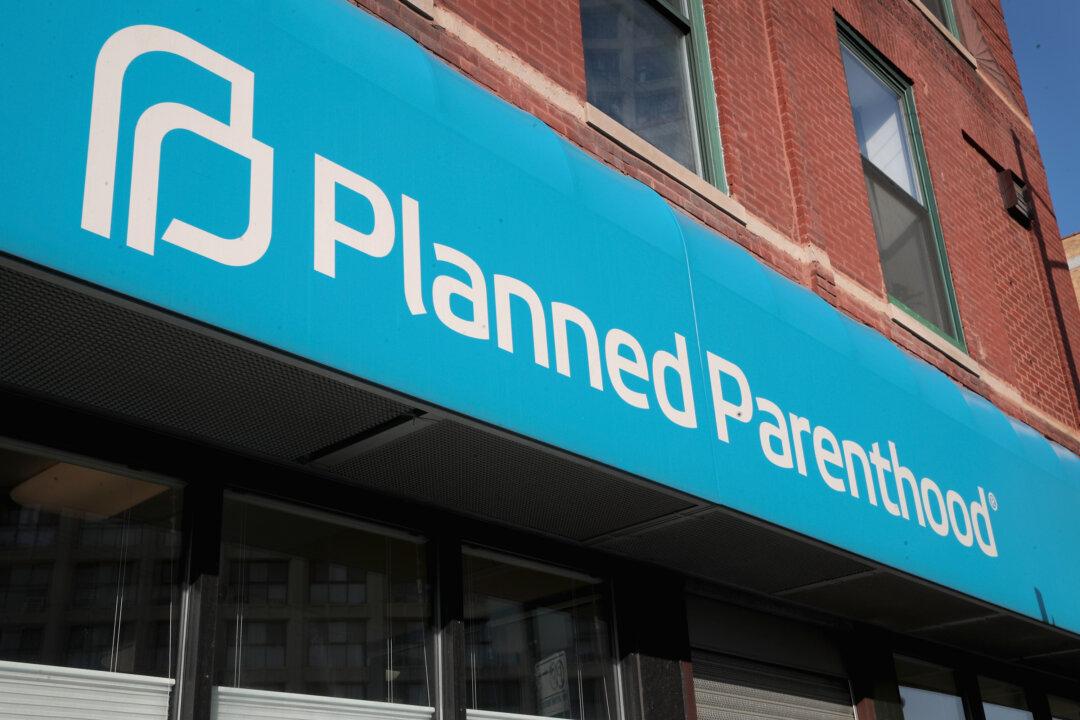Latino voters are leaning Republican in some competitive California congressional districts, which could make it difficult for Democrats to retake the House of Representatives in 2024, according to a recent report from Third Way.
In the Democrat-dominant state, many first-time Latino voters are heading to the polls in support of more conservative values. This was prevalent during the Trump administration between 2016–2020, as the Latinos across the country began to move away from the Democrat party, the report says.





